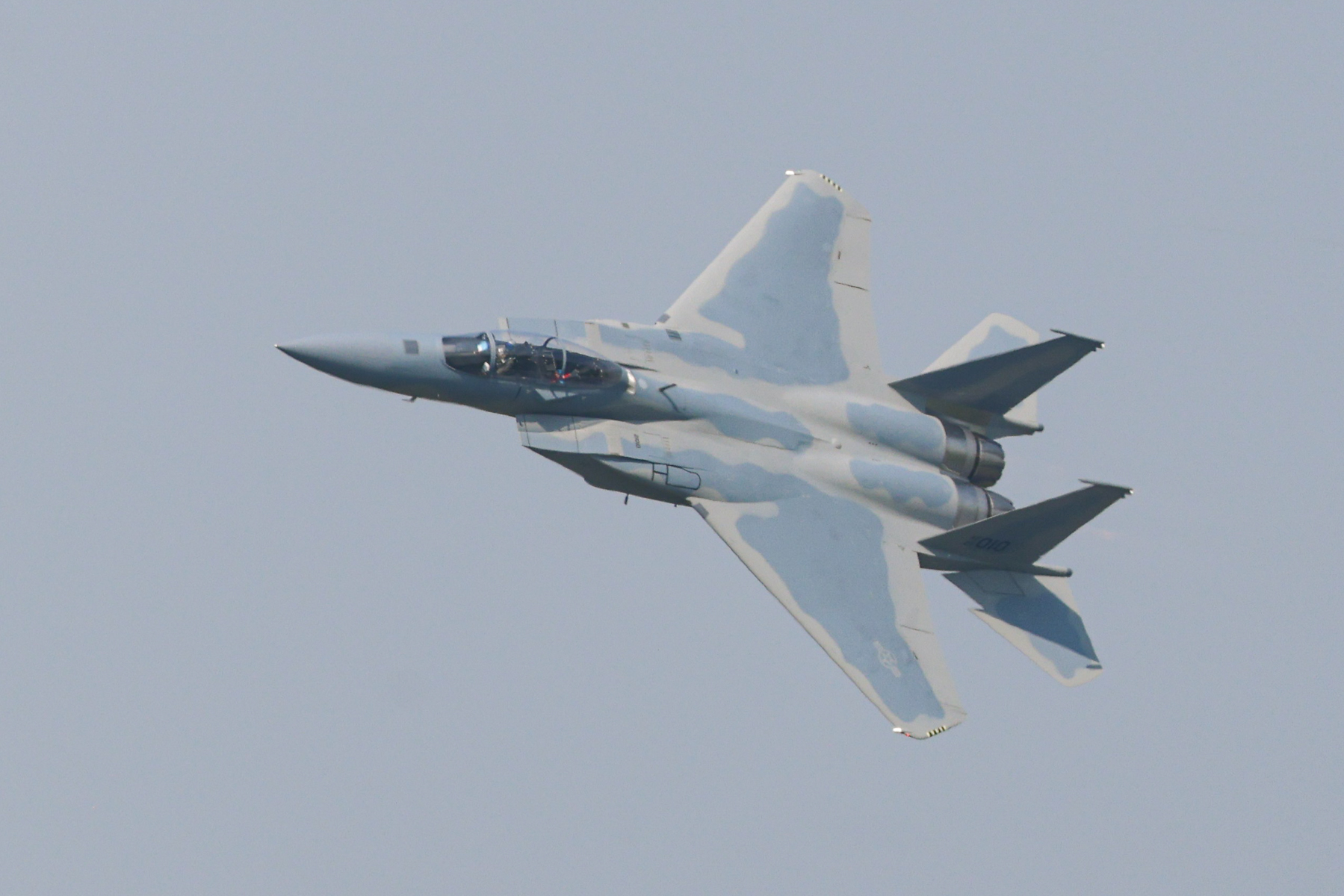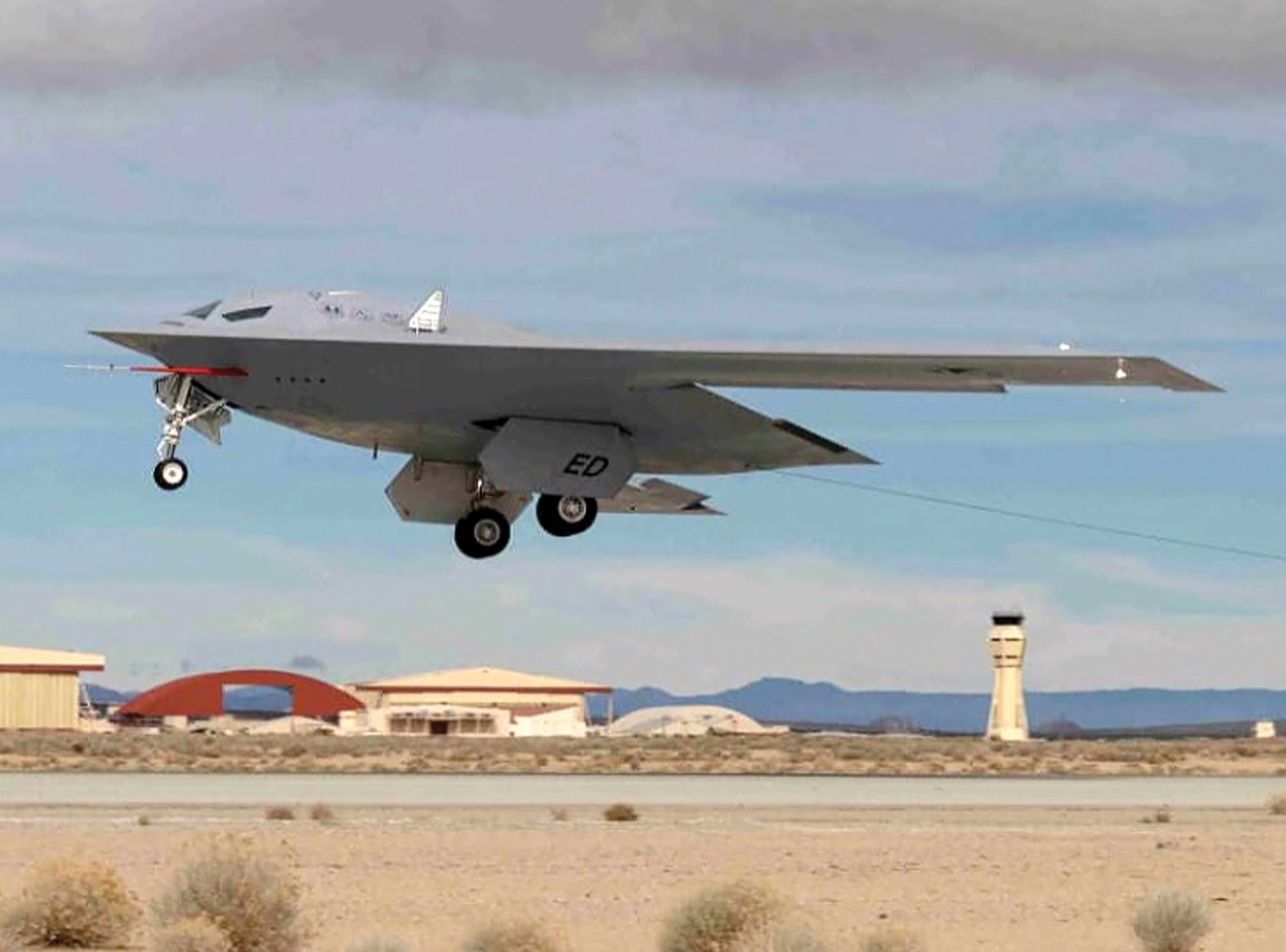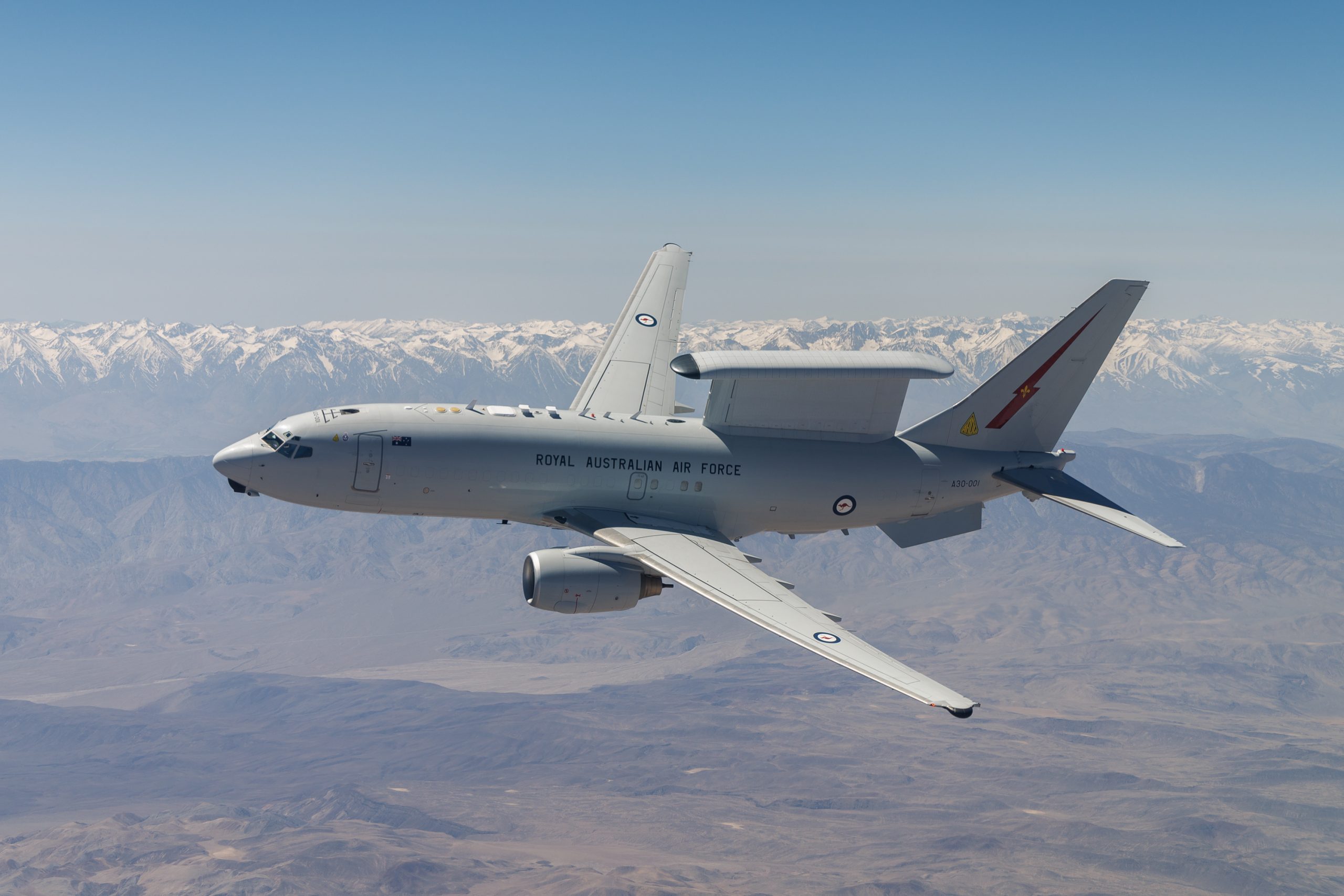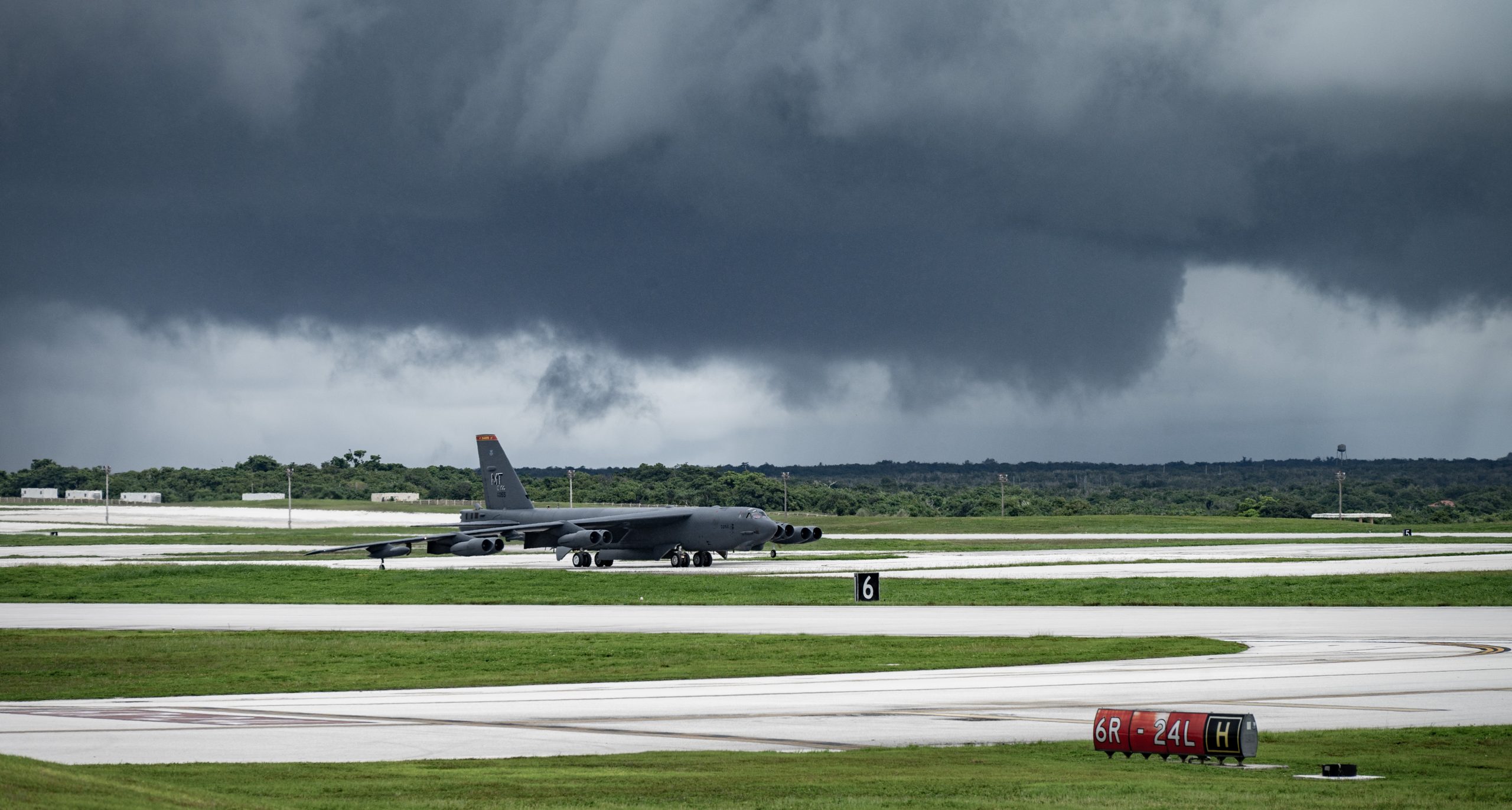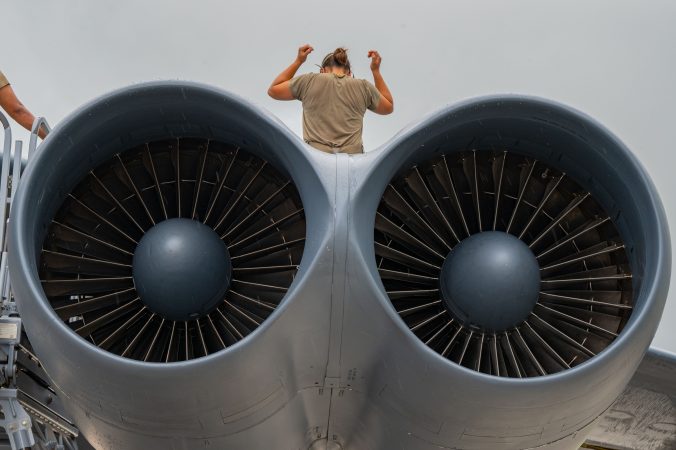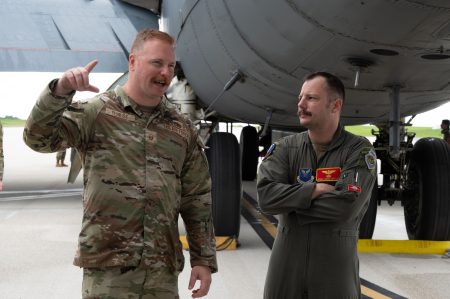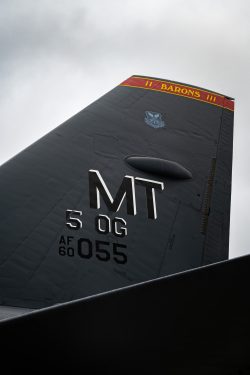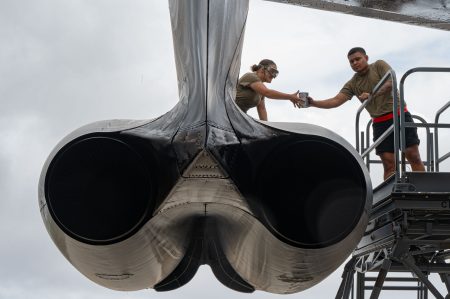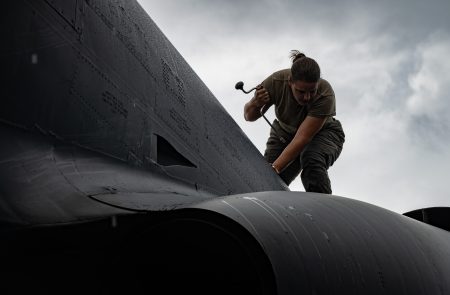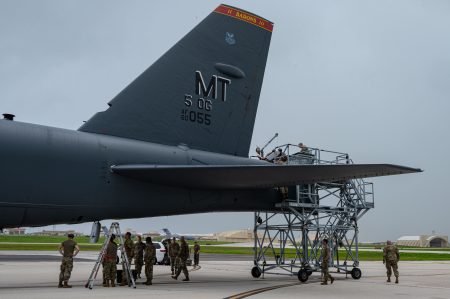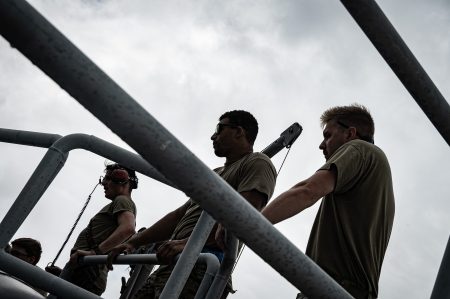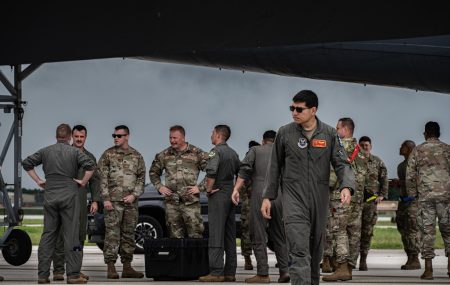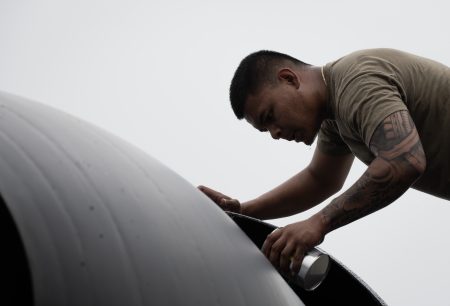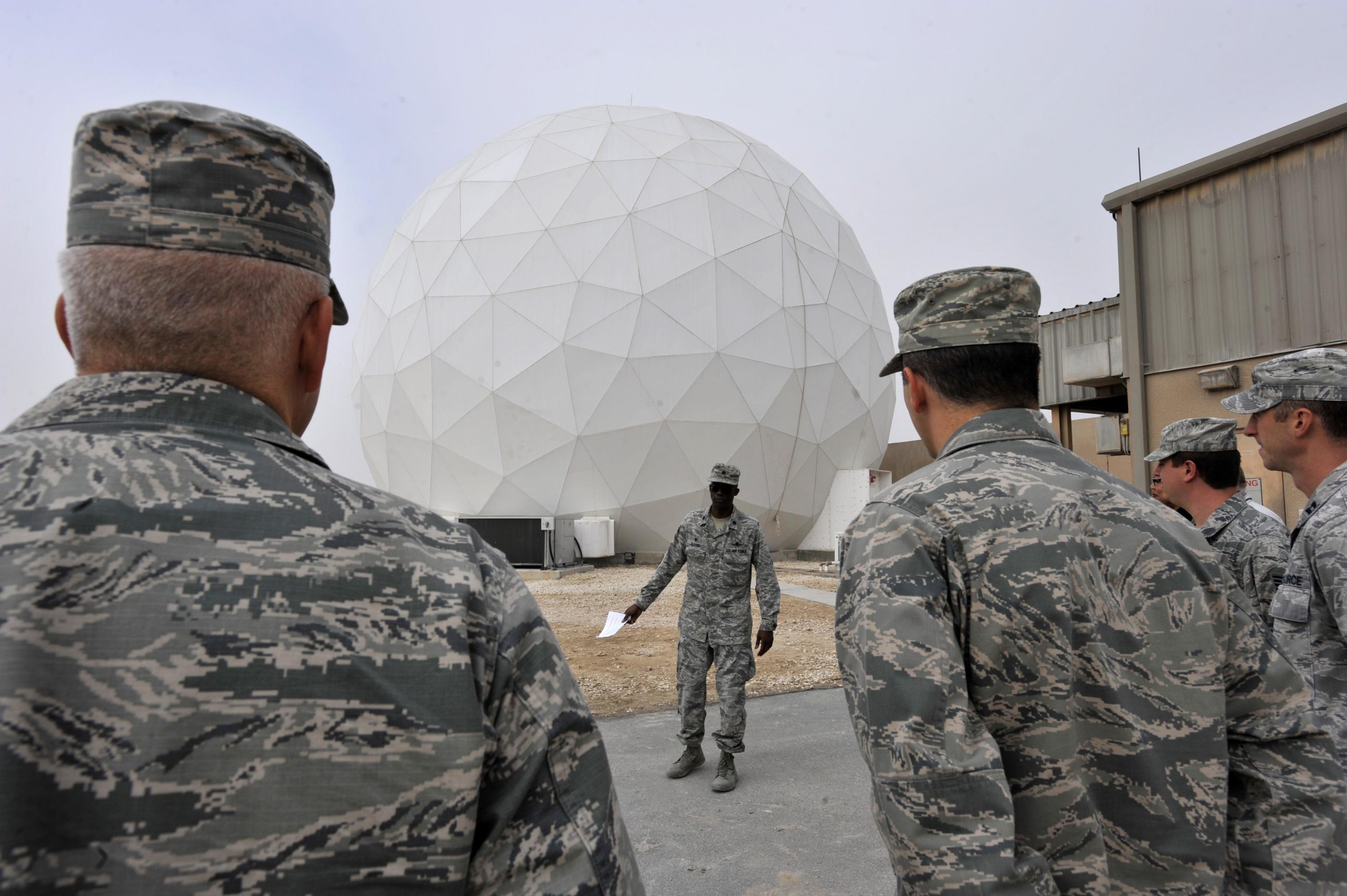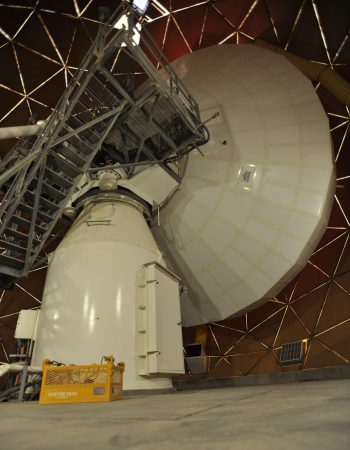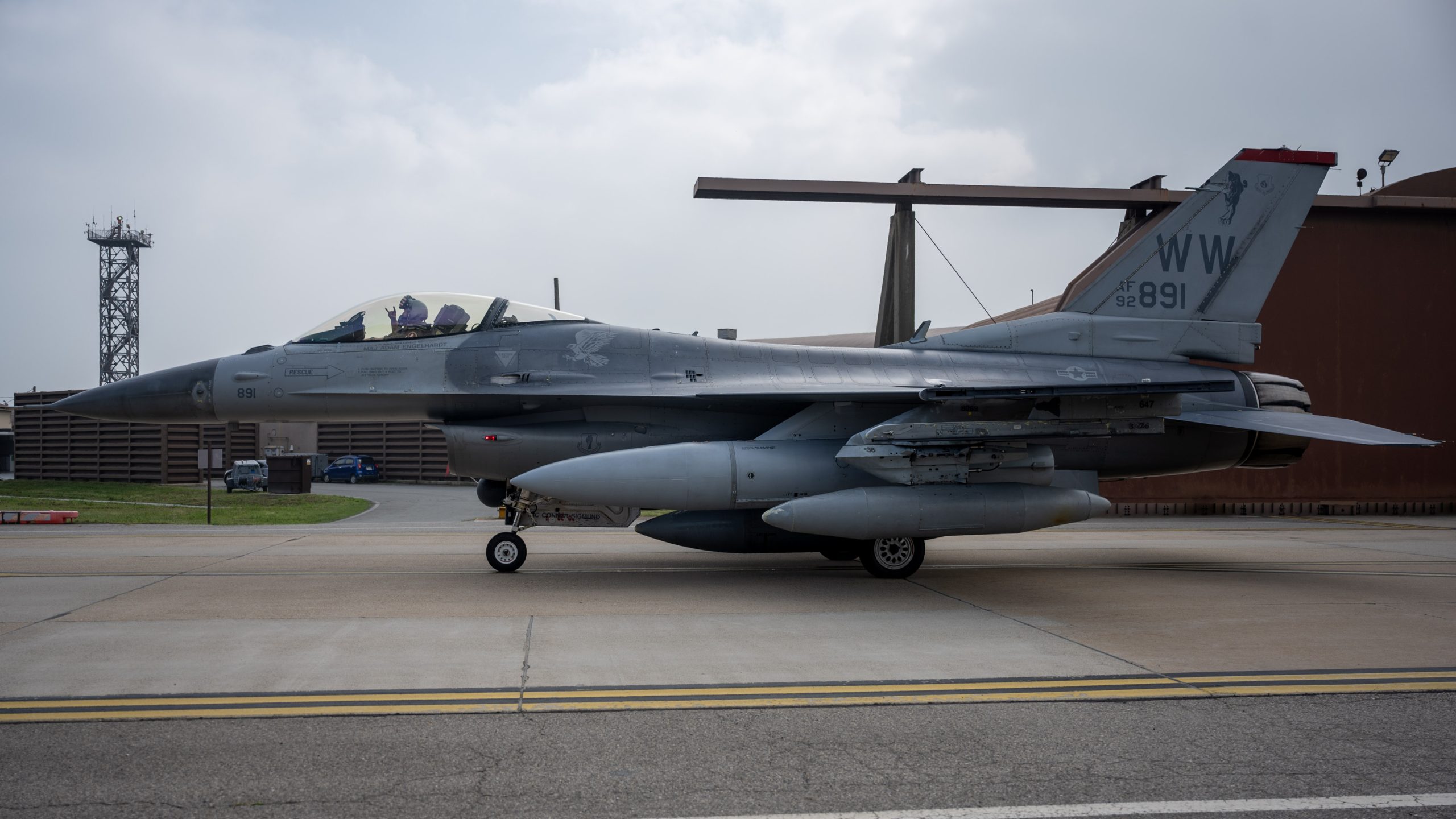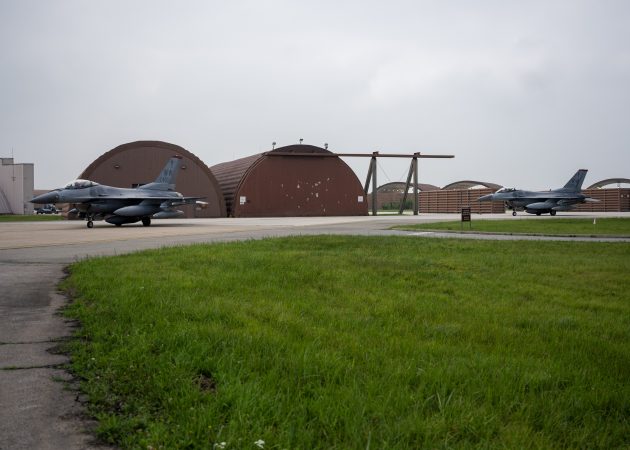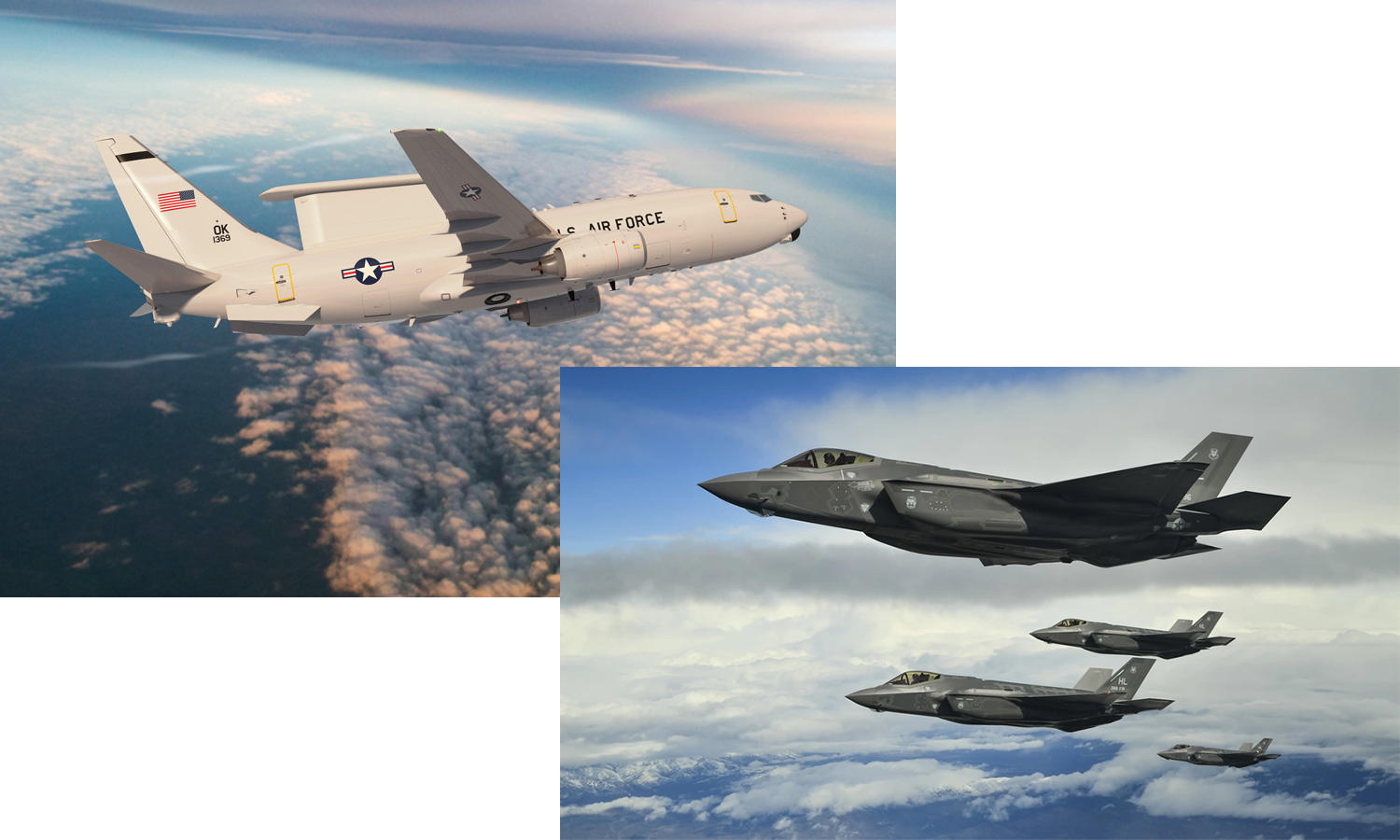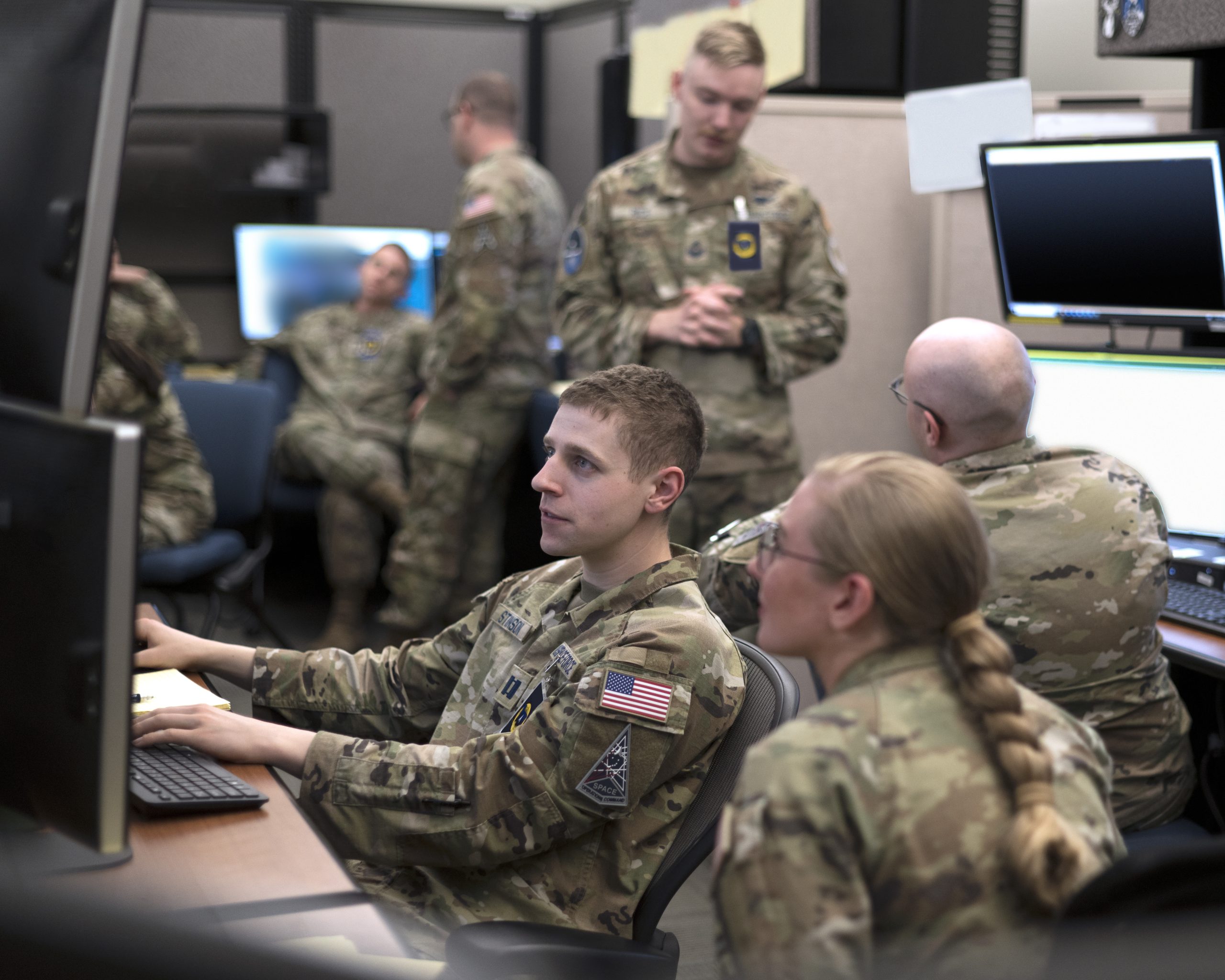Retired Air Force Col. Carlyle “Smitty” Harris, who introduced the “tap code” used by prisoners of war to communicate from their separate cells during the Vietnam War, died July 6 at the age of 96.
Harris was shot down over North Vietnam on April 4, 1965, while flying an attack run against the Than Hoa bridge in an F-105 during the Rolling Thunder campaign. He was soon captured and was among the first American flyers imprisoned during the war. He survived nearly eight years of interrogation, torture, solitary confinement, and malnutrition—his weight plummeted from 160 to 90 pounds during that period.
Unable to use Morse Code on the concrete walls of their cells—because there was no way to make a “dash” noise—Harris and the other first three POWs worked out the Tap Code, which he remembered from a book about World War II prisoners of war. It used a five-by-five grid for the alphabet, which allows each letter to be represented by fewer than five taps (C and K shared the same grid square). Prisoners familiar with the code passed it on to new arrivals, despite the risk of severe punishment for doing so.
The code was crucial for communication, maintaining morale, and providing a means for the prisoners to feel less isolated and resist their captors. Harris told an interviewer that he would use the code when sweeping, or even coughing, since communications between prisoners was usually forbidden.
During his captivity, Harris was imprisoned at the infamous “Hanoi Hilton” as well as the Son Tay POW camp and several other locations.

Repatriated during “Operation Homecoming” in 1973, Harris recovered from his ordeal for a year at Maxwell Air Force Base, Ala. While there, he completed Air War College, recertified as a pilot, and earned a Master’s in Business Administration from Auburn University in Montgomery. He remained on the Air War College faculty as a curriculum planner until his retirement in July 1979. During that time, he compiled the basis of his autobiography, “Tap Code: The Epic Survival Tale of a Vietnam POW and the Secret Code that Changed Everything,” largely about his experiences as a POW. Though he never planned to release the work, which he described as a “chronicle,” Harris bowed to long family pressure and published the book in 2019 to favorable critical reviews.
He retired from the Air Force having received two Silver Stars, three awards of the Legion of Merit, the Distinguished Flying Cross, two awards of the Bronze Star with V for Valor, two Air Medals, two awards of the Purple Heart, and two Commendation Medals. After the Air Force, Harris completed a law degree and practiced law in Mississippi, also managing a law firm and serving as a bank executive, while serving on numerous community charitable committees and organizations.
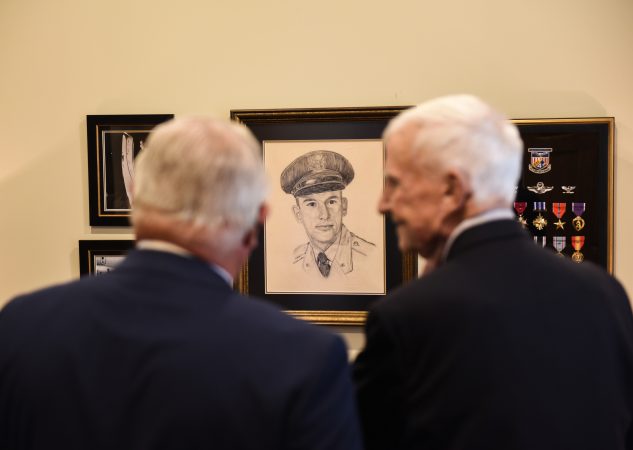
Harris was honored by the city of Tupelo, Miss. in 2015, which installed an F-105 painted to look like the one Harris flew in Vietnam in Veterans Memorial Park. Placards around the aircraft relate the tale of Harris’ mission and capture. In 2021, a post office in Tupelo was named after Harris by Congress, and the Smithsonian displays some of the artifacts of Harris’ internment, such as his tin cup.
Rep. Trent Kelly (R-Miss.) said that Harris was both a national and a local treasure.
“He was an amazing man and an amazing hero,” Kelly said. Harris “endured eight years of imprisonment under awful conditions” because “he was … a man of compassion and positive attitude.”

